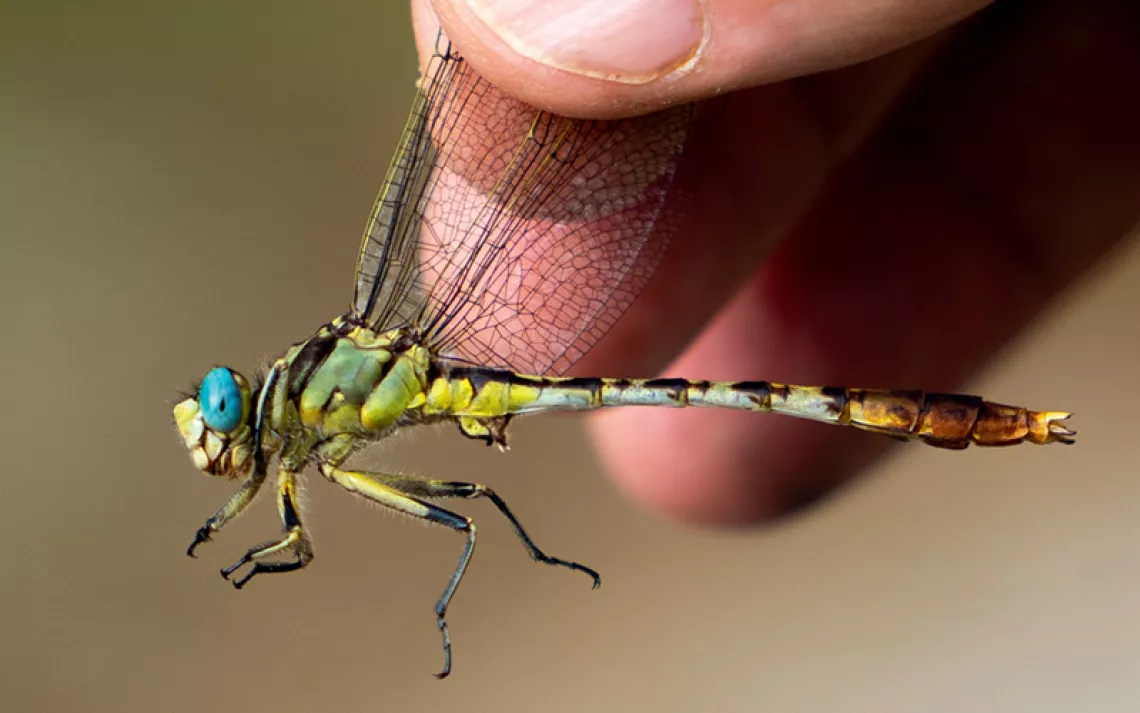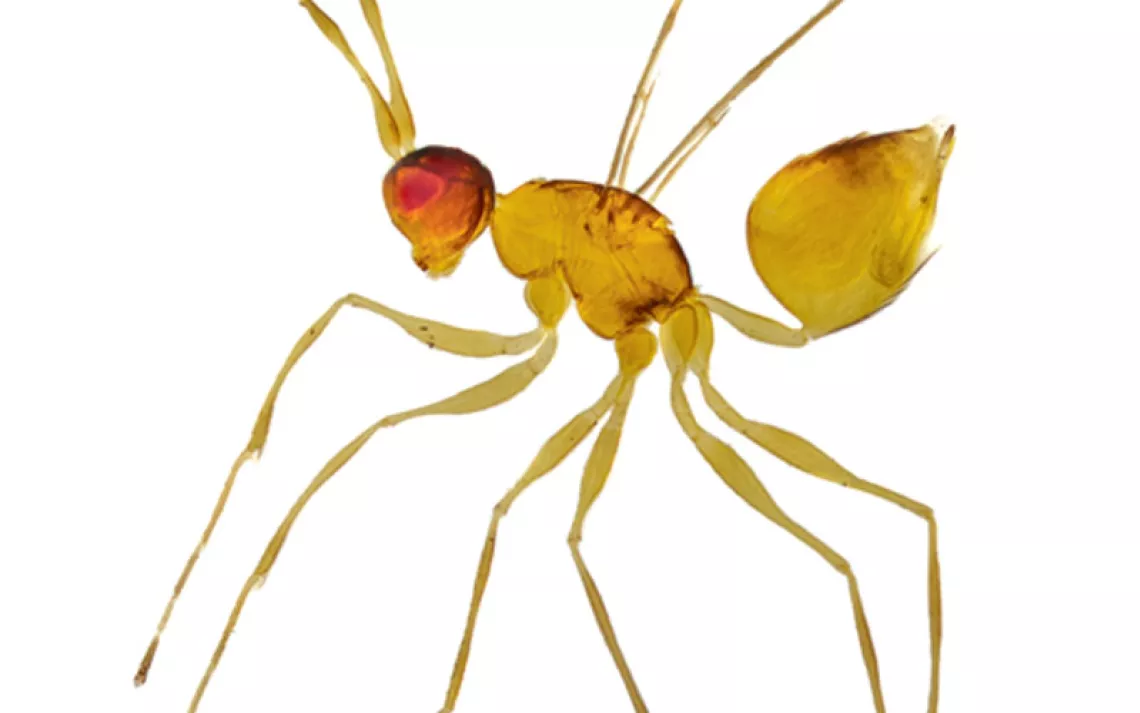What Is the Life of an Urban Cricket?
Listening to the city’s conductors

Photo by iStock/Tomasz Klejdysz
One evening, I cracked open my window when it was finally cool enough to take out the AC unit and let in fresh air. As I drifted into early sleep, I heard a familiar sound of the night, one that I hadn’t heard in months since moving to New York City.
Crickets.
Bow legs rubbing on the cricket violin created a symphony of buzzes and clicks. Soft hums and nearly operatic beats drifted through my window screen. Crickets, in New York?!, I thought.
It was a sound so comforting against the louder motorcycle engine pops and car horns that burst into my dreams every night.
I lay in bed, pondering where these crickets came from. Were they always outside? Even in the daytime when human footsteps and car engines became the dominant musical number? Did they hunker down in the metal shade of fire escapes and windowsills before the sun lowered behind the Hudson River?
Even in the concrete jungle of New York, crickets survive. There’s little in the scientific literature about urban-dwelling crickets. But ecologists who study a variety of cricket populations aren’t surprised that they serenade my block. Crickets are models of evolutionary adaptability and flexibility. Even though urban landscapes are not easy to live in—there’s hardly any water, minimal greenery, and hot temperatures—crickets persist.
“Crickets are perfectly adapted to city life,” says entomologist Michael Raupp. All they need to reproduce is a square foot of dirt, a planter box, or roof garden to lay their eggs. The crumbly gray-brown dirt at the foot of a city sidewalk tree is probably enough. In New York, the most common species that lay their eggs are fall field crickets, Gryllus pennsylvanicus.
I imagine that crickets must fill an ecological niche in the city. Gail Langellotto, a professor of urban and community horticulture at Oregon State University, confirmed my suspicions. She says that crickets feed on other small insects and are good food for birds, rodents, and small vertebrates. Like roaches, crickets are detritivores, meaning they eat organic material like dead plants and rotting food. New York City has plenty of decaying material in and under all those piles of trash. This solidifies crickets into the larger city food web, harvesting nutrients that humans leave on the street.
Recording courtesy of Lisa Rainsong
Crickets are also well-suited to the harsh, trash-filled city because they are productive breeders. Adult female crickets can lay 20 to 500 eggs per day, depending on the species. All this means that crickets make great models for studying evolution. Behavioral ecologist Robin Tinghitella loves how easily she can watch cricket generations change over short periods of time. She is especially intrigued by cricket sexual selection. Female crickets are in charge of choosing their mate—males can only sit and sing, hoping their song will meet a female’s standards. “It was just wild that something that has this teeny, tiny little brain was making these super interesting, complex decisions on the basis of a song,” Tinghitella says.
In just 20 years, Tinghitella’s team has recorded three new variations of Hawaiian male crickets—the crickets have changed to protect themselves from a deadly parasitoid fly that zeroes in on singing crickets to deposit larvae. Male crickets now sing at frequencies flies cannot hear, sing more softly, or in some cases, give up singing altogether. What allows crickets to make these changes so quickly is phenotypic plasticity, says Tinghitella. This is the flexibility of crickets to adapt to their environment over generations. And this is likely what makes crickets successful in places like New York City.
So, what draws crickets to the Big Apple? Light, apparently. Like any good bug, crickets sometimes congregate around streetlamps or windows. A great example of this tendency can be found at the University of Texas at Austin, where a 307-foot tower sits on top of a large academic building. The tower is illuminated at night to celebrate achievements, including a student winning Jeopardy last February. The Texas field cricket, Gryllus texensis, has explosive mating events that birth swarms of insects in the city. One year, flocks of crickets covered the tower six to eight inches deep and infiltrated the air vents. The school exterminated them.
“Once they died in the vents, they ended up drying up, and then when the vents would turn on, all the crickets would blast out of the vents,” says Jay Falk, a researcher at the University of Washington who was an undergraduate student in Austin at the time. Since then, the school keeps the tower dark during prime cricket season in late summer and fall. Falk now studies the evolution of plumage variation between sexes of hummingbirds, and similarly to Tinghitella, can trace his interest in mating behaviors back to crickets.
Cricket swarms are unnerving. If cockroaches can survive in apartment walls, I imagine crickets can too. A quick Google search of “crickets New York City” yields several pest control services in the top results. But field crickets are probably more often found in the tiny green parks scattered throughout the Lower East Side. New York City has a “rich urban forest” from the Bronx down through Central and Prospect Parks, says Raupp, and that helps support a diversity of insects in the otherwise concrete landscape.
Crickets are also just as likely to be sitting in sidewalk cracks. Falk recounts nighttime field research in Austin and seeing cricket antennas sticking out from concrete crevasses. “You would just never notice unless you're looking for it,” he says. “And people are probably walking by that all the time.” Even in Manhattan, an entire world lives under every footstep.
Despite crickets' adaptability, it’s not always easy for them. Cities can be noisy places. Since crickets find mates by calling, loud settings may disrupt their dating lives, says Langellotto. If Tinghitella’s research were to focus exclusively on urban spaces, I wonder, would they find that city crickets are adapting their calls to overcome the sounds of sirens and horns?
It’s likely. “Everybody has to get over our noise,” says Lisa Rainsong, a professor at the Cleveland Institute of Music and a naturalist. Rainsong records insect sounds across Ohio and often has to overcome the din of human activities. She says listening to nature informs us about a habitat and makes us want to protect it. She enjoys picking out the notes in the “chirp, chirp, chirp” of a fall field cricket from the sidewalk edge.
The impact of urban life on the way crickets communicate is mostly a mystery, according to one study in Singapore. Yet there is a growing awareness around recognizing our urban organisms and a push to understand how our human-made environments are affecting the adaptation and evolution of city biodiversity.
“The first crickets were singing when the dinos walked the earth,” says Rainsong. And they are still here “in spite of us” humans. It is amazing. Crickets are so recognizable yet easily overlooked. It’s when you can’t hear them that you finally miss their presence.
For Raupp, the entomologist and author of the Bug of the Week blog, one of the saddest times of year is when crickets stop chirping in the fall. “When I go to bed and I no longer hear the crickets, or the katydids, I know that summer is over. And there's gonna be a long, dreary winter that I have to face before I hear the crickets singing again.”
In New York, the days are getting shorter and a cool night breeze signals a change to fall weather. The first chirp of the mating season is not far away. There’s a nostalgia to that music, even though I associate cricket songs with country landscapes, dappled with the glowing orbs of lightning bugs. But here they are outside my window—when the cacophonous volume of New York lowers, a familiar universal sound of the night.
 The Magazine of The Sierra Club
The Magazine of The Sierra Club



